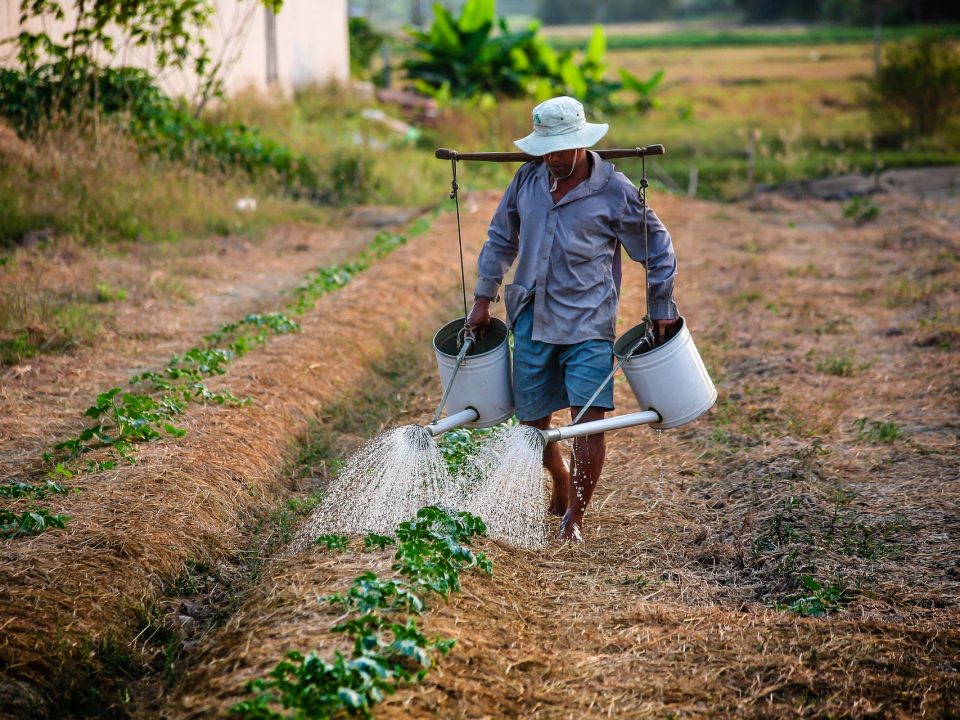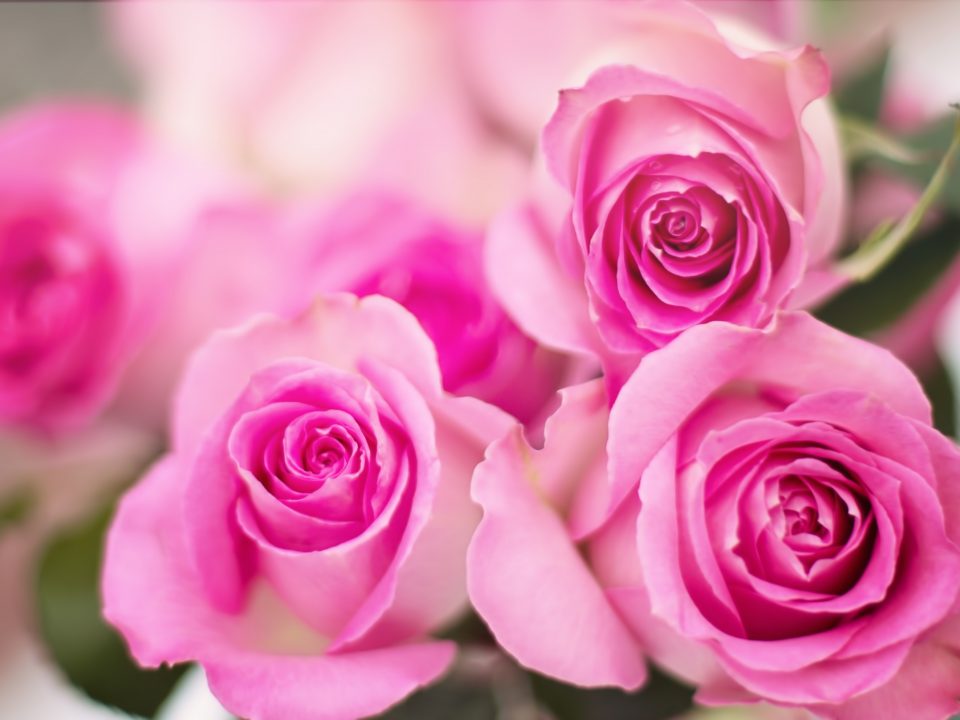Growing vegetables – planting in containers

Wall growing with wild plants
May 15, 2018
Planting herbs in tanks and planters
May 15, 2018Growing vegetables – planting in containers
Growing vegetables – planting in containers
Planting vegetables for home growers is gaining momentum both in gardens and in planters, for those who have a balcony or a roof garden.
In this article we will present the process of establishing a vegetable garden in containers.
Containers
In anticipation of vegetables growing, there are two main considerations that must be considered:
Select the appropriate container..
Select the appropriate planting mixtures.
Planting in a container
Select a container
The container is a defined environment in which we cultivate the plant’s root volume. The lactation at the root, which is the active part in the absorption of water and minerals of the plant, requires the presence of air. The oxygen in the air is needed for the process of cellular respiration (burning of sugars), in which energy is created for the functioning of the plant. The depth of the tank is of great importance to the ability to drain the water. Excess water can lead to growth problems and even death of the plant. This surplus is harmful because it comes at the expense of the location of the air. The iron rule says that the deeper the tank, the more oxygen it will have on the top of the tank. The water is distributed unevenly in the tank. They are influenced by the gravitation of the Earth and therefore strive to descend down to the bottom of the tank.
For vegetables, we prefer to grow in a tank that is at least 20 cm deep, and a tank at such depth will prevent the plant from being fed in excess, whatever the soil.
Vegetable plantation
Select a substrate
There is a lot of possibilities for the breeding platform. The first question is, do we want a platform that we will not have to replace?
If you want a regular plant to grow vegetables, go on a full mineral substrate like tuff or perlite. There is a problem with these substrates which are low in minerals and should be fertilized regularly. On the other hand, these are excellent bedding that always contains air at the roots. The second option is substrates based on organic matter.
It is usually coconut or peat. They are sometimes supplemented with mineral substrates such as vermolite,
Tuff, sponge, or even polystyrene, designed to ventilate the substrate and allow maintenance of moisture in the growth substrate.
These substances usually end their life for about a year from the day they are applied.
In many cases these planting mixtures also contain slow release nutrients that provide good nutrients to the plant. For leaf crops (such as lettuce and baby leaves), this feeding is usually sufficient for the growth of the head
(Cauliflower, cabbage, etc.) also requires weekly or bi-weekly feed in complex fertilizers (like Perfect, Nogro etc.).
The planting mixtures offered in most nurseries are very suitable for growing vegetables in an amateurish way.
It should be remembered that after about a year, its initial characteristics are destroyed. In other words, it is no longer good for cultivation and should be replaced. This turnover is very good (though not ecological) in terms of various soil diseases that can be established
In the growth platform.
A very important issue to be observed in growing in containers is fertilization, and the correct dosage is determined by the type of growth medium and the growth rate. As the plant grows, it needs more water and more fertilizer. Along with the fertilization, one must remember to wash the substrate with clean water every few years. The purpose of this rinse is to remove from the roots and the tank the excess salts accumulated in it as a result of fertilization.
Regarding irrigation it is important to remember that it is not planting in the soil and that the volume of the roots is limited to the volume of the tank. This means that the irrigation needs to be measured and it is best to water more often for a short period of time at shorter intervals than the bags are filled with large breaks between irrigation and irrigation. Iron rule says that after proper irrigation, about 10% of the amount of water that will be drained from the bottom of the tank and the rest of the wa






